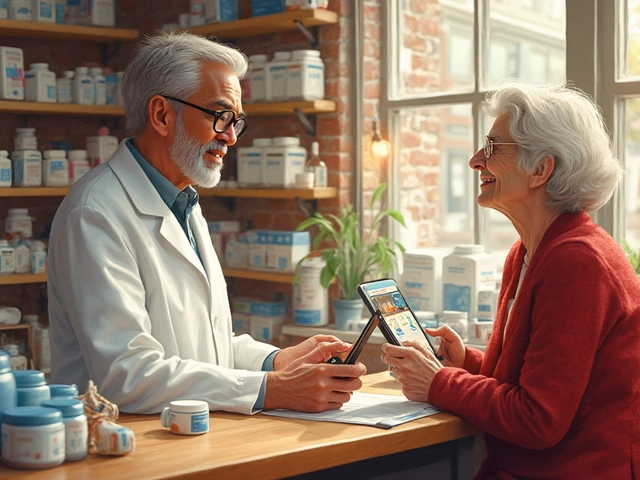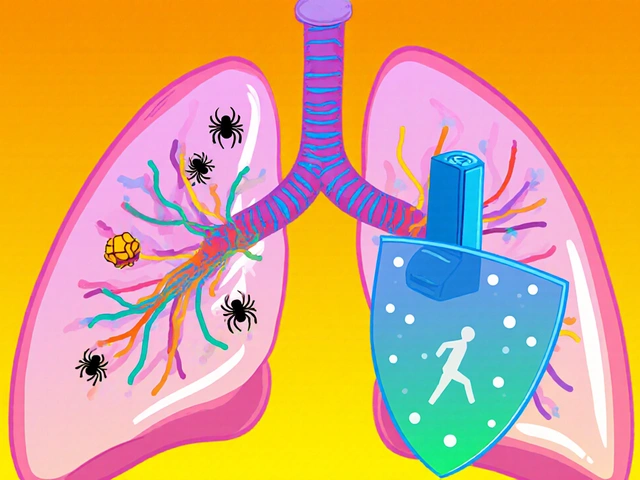Understanding the Causes of Muscle Aches: A Comprehensive Guide
April 29 2023Skin infections: how to spot, treat, and stop them
Got a red, itchy, or painful patch on your skin and wondering if it's an infection? Skin infections are common and usually treatable, but some need quick medical care. This guide helps you tell the difference, manage mild cases at home, and know when to call a doctor.
Common types and what they look like
Impetigo: bright red sores or honey-colored crusts, often around the nose and mouth. It spreads fast in kids and through close contact. Folliculitis: small red bumps or pimples around hair follicles — think razor bumps that get infected. Cellulitis: deeper skin infection that causes spreading redness, warmth, swelling, and sometimes fever. Don’t ignore it — it can get serious. Fungal infections: ring-shaped rash (ringworm), itchy scalp, or athlete’s foot. They’re usually scaly and well-defined.
Other signs to watch for: pus, increasing pain, fever, red streaks moving away from the area, or spreading rash. If the skin feels hot and tender or you can’t stop the infection with simple care, that’s a red flag.
Treatment, home care, and when to see a doctor
For small, mild infections you can try simple steps: clean the area with soap and water, apply a topical antibiotic ointment for cuts and impetigo, and keep the spot covered. For fungal rashes, use an over-the-counter antifungal cream twice a day until the rash clears plus a few days more. Avoid sharing towels, clothes, or razors to stop spread.
If the infection is warm, swollen, painful, has pus, or comes with fever, see a doctor. Cellulitis often needs prescription oral antibiotics. Big boils or abscesses sometimes need to be drained by a provider — don’t try to lance them yourself. People with diabetes, poor circulation, or weakened immune systems should seek care early; a small wound can become serious fast.
When using antibiotics or antifungals, follow the full course your doctor gives. Stopping early can make the infection come back or become harder to treat. If the infection doesn’t improve after a couple of days on antibiotics or if it worsens, contact your clinician — you may need a different medicine or a culture to find the right drug.
Prevention helps a lot: keep skin clean and dry, treat athlete’s foot early, use clean bandages on cuts, change razors often, and wash hands after touching infected areas. For shared spaces like gyms, wear shoes in locker rooms and don’t share personal items.
Quick recap: know the common signs, try basic hygiene and OTC antifungals for mild cases, and get medical care for spreading redness, fever, pus, or if you have risk factors like diabetes. If you’re unsure, a nurse line or local clinic can help you decide the next step. Stay practical, act early, and don’t let a small skin problem turn into something bigger.
Exploring the effectiveness of Ofloxacin in treating skin infections
I recently came across a study examining the effectiveness of Ofloxacin in treating skin infections. It turns out that this antibiotic has proven to be quite successful in combating various types of skin infections, including those caused by bacteria like Staphylococcus and Streptococcus. Moreover, its oral and topical formulations allow for easy and convenient use. However, it's essential to remember that antibiotics should always be prescribed by a healthcare professional to ensure proper treatment. In summary, Ofloxacin seems like a promising option for treating skin infections, but always consult your doctor before starting any new medication.
Read More...




